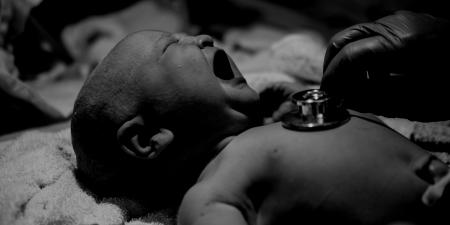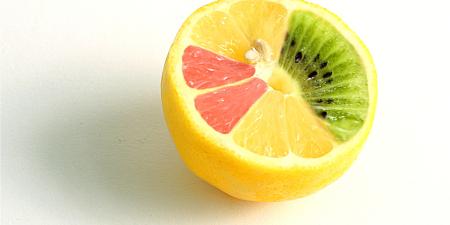"$100,000 for the ova of a Caucasian woman athlete under 30; proven college-level athletic ability preferred."
This offer, which proposed the highest known price for donor eggs, appeared in the classifieds section of the Stanford Daily student newspaper this past year. Not just any " Gift of Love and Life" would suffice. A second requirement followed: "Very Special Egg Donor Needed."
It was not the first time that an infertile couple, represented by a recruiting service, offered college women a large sum of money in exchange for eggs of superior quality: ads in campus newspapers and mainstream publications have promised anywhere from $2,000 to $50,000 for them. This ad doubled the "financial compensation" ceiling for the materials of which babies are made. It left unchanged the criteria for ova from young, healthy women with specific physiques and recognized intellectual aptitude.
At one level, calling egg donations to infertile couples "gifts of life," as the ads that solicit them often do, invokes the altruism and generosity implicit in the label. A woman who steps forward in response to the appeal can help a childless couple become a family. Such women are willing to let other people raise beings that are half-made of their genetic material at some medical risk to themselves.
Long-term physical risks are unknown, but women who provide eggs for others run immediate risks that include bleeding, scarring, and pelvic swelling. The donation process requires self-injections of powerful hormones to put the donor’s ovulation cycle in sync with the recipient’s and to boost egg production. Producing too many eggs can cause hyperstimulation syndrome, which, in rare instances, results in strokes. Such are the physical drawbacks to egg donation.
There are also several ethical ways in which this "gift" is troubling. The large sums of money that couples offer women donors raises one concern: coercion. Offering a student who needs college money or extra cash upward of $2,000 for a resource she has in large supply and the extraction of which places her at moderate risk creates pressure for participation. The money can constitute so great an incentive that the woman fails to consider sufficiently the risks associated with the request. In other words, she runs the risk of giving consent that is inadequately informed.
The other major concern with this "gift" is that recipient couples have extremely specific standards of what constitutes a worthwhile child: "Very Special Egg Donor Needed." Where "special" becomes synonymous with a range of SAT scores, with a certain eye, skin, or hair color, or with a degree of physical and intellectual aptitude, the message is clear: the gift of parental love is reserved for a child who embodies a select set of characteristics that approaches notions of human perfection. This problem is compounded by the fact that the biggest financial incentives are rewards for the would-be embryo’s attributes rather than compensation for the woman’s inconvenience. The ads are clear on this. Under these circumstances, human beings become commodities.
Altruistic help to infertile couples who dream for children, or complicity in a commodities market for designer babies? Which moral judgment does a young woman’s behavior reflect when she chooses to give the "Gift of Love and Life?"



